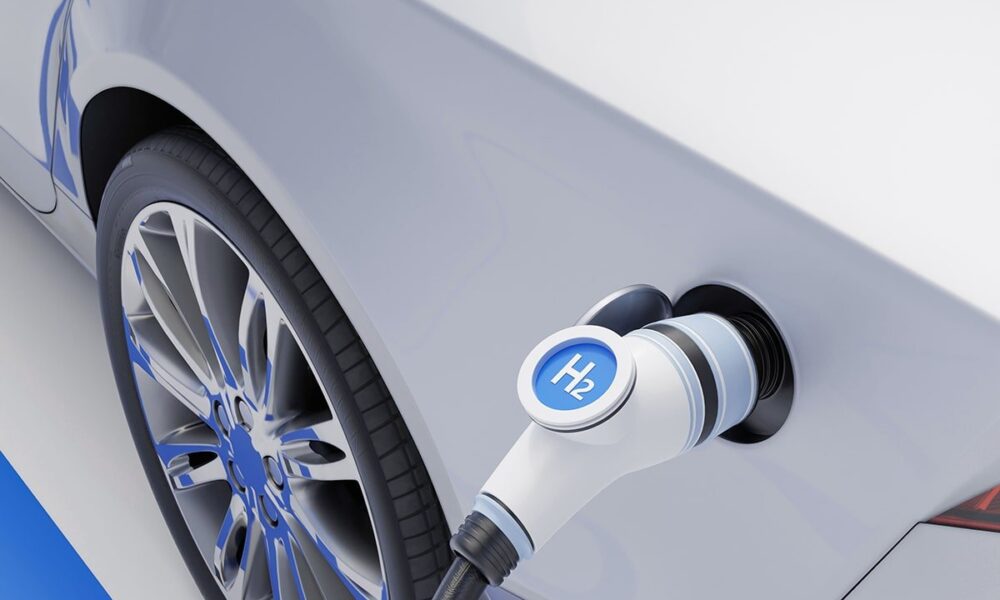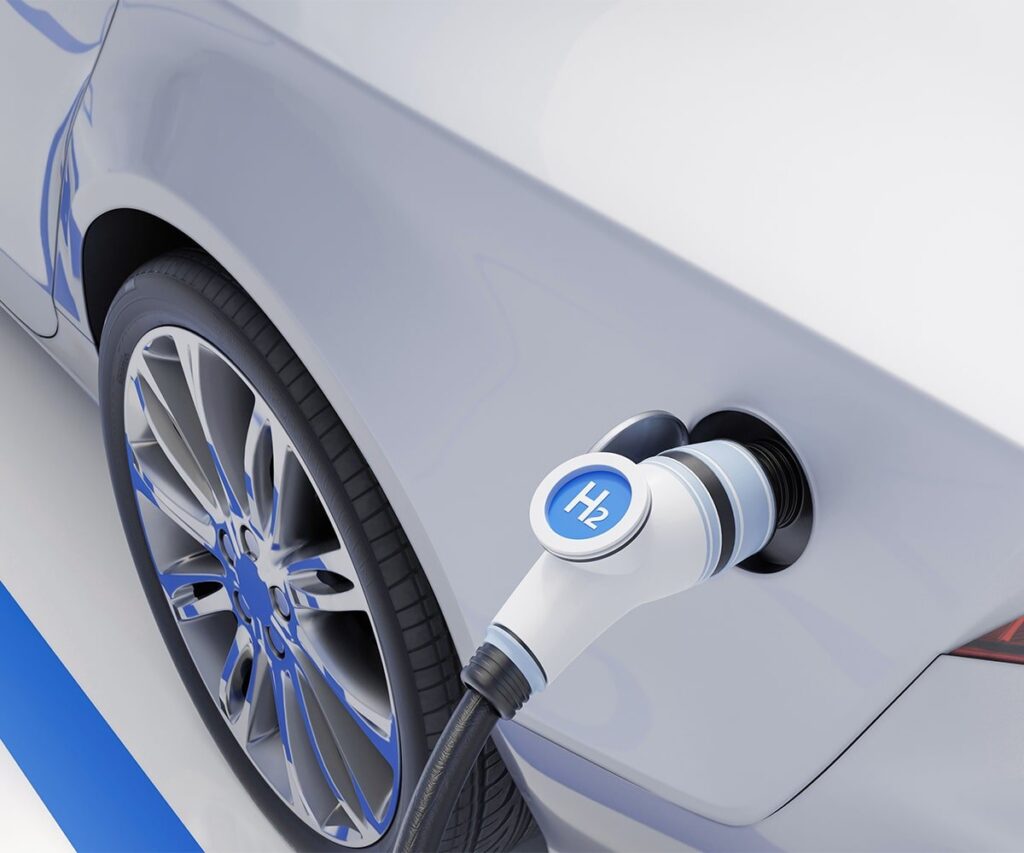The evolution of hydrogen as an energy carrier has been a fascinating journey marked by technological advancements, growing environmental concerns, and a shifting energy landscape. From its discovery to its modern-day applications, hydrogen has undergone significant developments, paving the way for its emergence as a promising solution for sustainable energy.Discovery and Early Exploration: Hydrogen was first discovered in 1766 by the British scientist Henry Cavendish. However, it wasn't until the early 19th century that its potential as an energy carrier began to be explored. Scientists realized that hydrogen, with its high energy content and clean combustion properties, could serve as a valuable alternative to coal and other fossil fuels.Industrial Applications: In the 20th century, hydrogen found widespread use in various industrial processes, including petroleum refining, ammonia production, and metal processing. Its versatility as a chemical feedstock and its ability to facilitate high-temperature reactions made it indispensable in numerous industries.Space Exploration: One of the most notable early applications of hydrogen was in the field of space exploration. Rockets powered by hydrogen fuel cells were used in the Apollo missions to the Moon in the 1960s and 1970s. This demonstrated the potential of hydrogen as a clean and efficient propulsion system for spacecraft.Clean Energy Potential: As concerns over air pollution and climate change intensified in the late 20th and early 21st centuries, interest in hydrogen as a clean energy source surged. Unlike fossil fuels, hydrogen combustion produces only water vapor as a byproduct, making it a promising solution for reducing greenhouse gas emissions.Hydrogen Fuel Cells: One of the most significant developments in the evolution of hydrogen has been the widespread adoption of hydrogen fuel cells. Fuel cells use hydrogen and oxygen to generate electricity through an electrochemical process, with water as the only byproduct. This technology has found applications in various sectors, including transportation, stationary power generation, and portable electronics.Renewable Hydrogen Production: With the rapid growth of renewable energy sources such as solar and wind power, there has been a renewed focus on producing hydrogen through clean, sustainable methods. Electrolysis, which uses electricity to split water molecules into hydrogen and oxygen, has emerged as a leading approach for renewable hydrogen production.Hydrogen Infrastructure Development: As hydrogen gains traction as a clean energy solution, efforts to develop the necessary infrastructure have intensified. This includes the construction of hydrogen refueling stations for fuel cell vehicles, as well as investments in hydrogen storage and transportation technologies.Integration with Renewable Energy Systems: Hydrogen is increasingly being seen as a key enabler of the transition to a renewable energy future. By storing excess electricity from renewable sources as hydrogen, it can help address the intermittency and variability of solar and wind power, thereby enhancing grid stability and reliability.Policy Support and International Collaboration: Governments around the world are implementing policies and incentives to promote the development and deployment of hydrogen technologies. International collaborations, such as the Hydrogen Council and the Clean Energy Ministerial's Hydrogen Initiative, are also fostering innovation and knowledge sharing in the field of hydrogen energy.Future Outlook: The evolution of hydrogen is poised to continue in the coming years, driven by advances in technology, growing environmental awareness, and the urgent need to address climate change. With ongoing research and investment, hydrogen has the potential to play a transformative role in achieving a more sustainable and resilient energy system for future generations.
Hydrogreen fule is the future and is on the other hand, we denounce with righteous indignation and dislike men who are so beguiled and demoralized by the charms of pleasure of the moment, so blinded by desire, that they cannot foresee the pain and trouble
Green Energy
Green energy, also known as renewable energy or clean energy, refers to energy sources that are environmentally friendly and sustainable over the long term. Unlike fossil fuels, which are finite and contribute to pollution and climate change, green energy comes from natural resources that are replenished continuously and have minimal environmental impact. Here's a comprehensive look at various forms of green energy:Solar Energy: Solar power harnesses the energy of the sun using photovoltaic (PV) cells, which convert sunlight directly into electricity. Solar panels can be installed on rooftops or in solar farms to generate clean electricity for homes, businesses, and communities. Solar energy is abundant, widely available, and emits no greenhouse gases during operation.Wind Energy: Wind power utilizes the kinetic energy of the wind to generate electricity through wind turbines. These turbines consist of large blades mounted on towers, which spin and drive generators to produce electricity. Wind farms can be located onshore or offshore in areas with strong, consistent winds. Wind energy is a mature technology with significant potential for large-scale electricity generation.Hydroelectric Power: Hydroelectric power is generated by harnessing the energy of flowing water, typically from rivers, dams, or other waterways. Water is channeled through turbines, which spin generators to produce electricity. Hydroelectric dams can provide a reliable source of renewable energy and also offer benefits such as flood control, irrigation, and water supply.Biomass Energy: Biomass energy is derived from organic materials such as wood, agricultural residues, and organic waste. These materials can be burned directly for heat or converted into biogas or biofuels through processes like anaerobic digestion or thermal conversion. Biomass energy can provide heat, electricity, and transportation fuels while reducing greenhouse gas emissions and waste disposal.Geothermal Energy: Geothermal energy taps into the heat stored beneath the Earth's surface to produce electricity and heat buildings. Geothermal power plants use steam or hot water from underground reservoirs to drive turbines and generate electricity. Geothermal heat pumps can also transfer heat from the ground to buildings for heating and cooling purposes, offering energy-efficient climate control.Tidal and Wave Energy: Tidal and wave energy technologies harness the energy of ocean tides and waves to generate electricity. Tidal power systems use the gravitational pull of the moon to move water, while wave energy devices capture the motion of ocean waves. These technologies are still in the early stages of development but hold promise for generating renewable electricity from the vast energy potential of the oceans.Hydrogen Energy: Hydrogen can be produced from renewable sources such as water electrolysis or biomass gasification and used as a clean fuel for transportation, heating, and power generation. When produced using renewable energy, hydrogen has the potential to decarbonize sectors that are difficult to electrify, such as heavy industry and long-distance transportation.Green energy offers numerous environmental, economic, and social benefits, including reducing greenhouse gas emissions, improving air quality, creating jobs, and enhancing energy security. As technology advances and economies of scale drive down costs, the transition to green energy is accelerating worldwide, paving the way for a more sustainable and resilient energy future.


